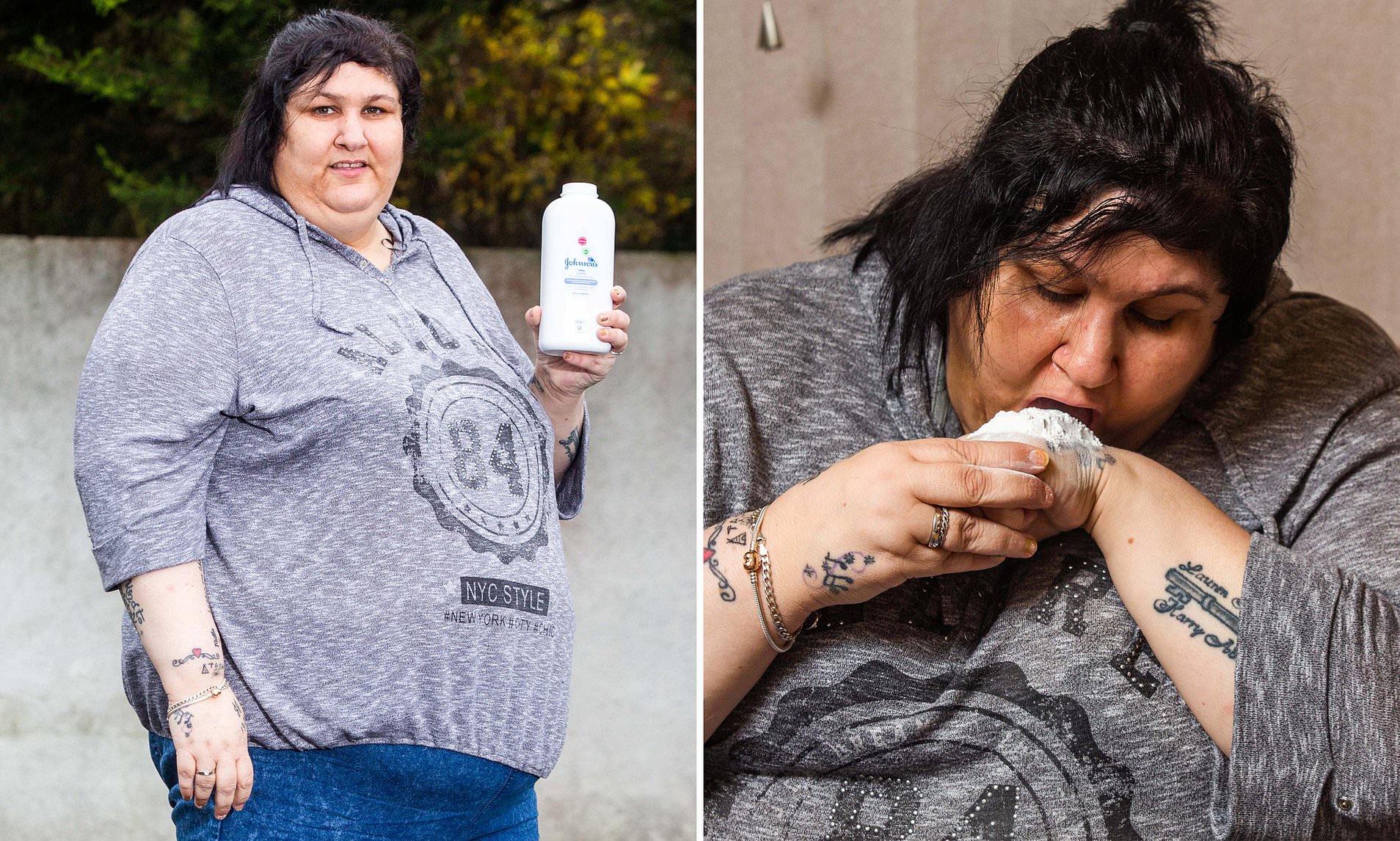
These children will most benefit from careful monitoring and safety precautions to prevent pica. These data inform the specialized health care needs of children with ASD, developmental disabilities with autism symptoms, or intellectual disability.Pica can lead to serious medical and surgical problems including gastrointestinal parasites, lead toxicity, nutritional deficiencies, choking, poisoning, intestinal obstruction or perforation resulting in surgery, and even a blood infection, which can be life-threatening.Young children with developmental disabilities not characterized by either autism symptoms or intellectual disability had a similar pica prevalence to children in the general population. The prevalence of pica increases, the more severe the disability. In comparison, less than 4% of children in the general population had pica. This would address Pica if the basis of the childs eating disorder is derived from sensory or anxiety related issues. Pica in children and adults with learning disabilities: Children and adults with learning disabilities are between 4 and 26 more likely to develop pica, than people without a learning disability. For example, we found that among preschool-aged children, the prevalence of pica was around 28% in children who had both ASD and co-occurring ID, around 14% in children who had ASD without ID, and around 10% in children who had ID without ASD or autism symptoms. But for people with developmental or mental health concerns, it can still be a problem.

So the behavior isn't usually considered a disorder unless a child is older than 2. It's normal for kids up to 2 years old to put things in their mouth. Pica, or the eating of non-food items, was commonly seen in young children with autism spectrum disorder (ASD) and other types of developmental disabilities in which the child had some autism symptoms, intellectual disability (ID), or both. Most cases of pica happen in young children and pregnant women.


 0 kommentar(er)
0 kommentar(er)
